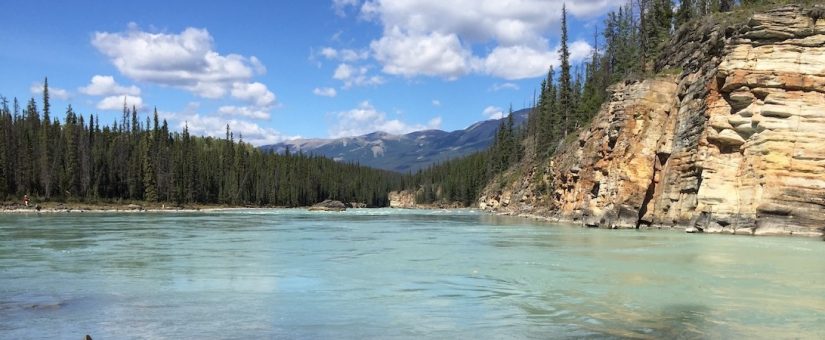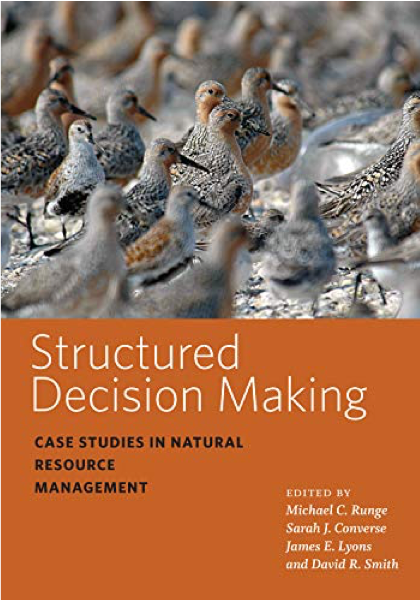
Case Study: Lower Athabasca River Water Management Framework
- Posted by Compass Resource Management
- On May 19, 2020
The Athabasca River emerges from the glaciers of Jasper National Park in Alberta and runs northeast to join the Peace-Athabasca Delta in the northernmost corner of the province. It is one of Canada’s longest free-flowing rivers, famed for its scenery and cultural significance. In recent decades, it has become better known for its role as the primary source of water required by oil sands mining companies as they extract bitumen from the tar-like, sandy deposits found along its banks and in the region surrounding the city of Fort McMurray.
So how much water should be allowed to be withdrawn from the Lower Athabasca River for oil sands mining water use? Sounds easy enough to figure out…. right?
Compass principals Dan Ohlson and Graham Long and their colleague Andrew Paul from the Alberta Ministry of Environment were asked to describe the SDM process we led to explore this question as part of the new book of case studies:
In this book chapter, we describe the use of SDM to guide a multi-stakeholder process for developing the Lower Athabasca River Water Management Framework to meet oil sands mining, environmental flow, and traditional use requirements. We highlight how a consistent approach to establishing objectives and evaluation criteria across all values, even those that are conventionally difficult to quantify, served to directly involve a committee of stakeholders in the task of developing and evaluating alternatives. The result helped build trust and foster learning about what was feasible, about each other’s interests, and about key trade-offs. Finally, we describe how achieving full consensus, while always the goal in a multi-stakeholder planning process, is not a prerequisite to providing the necessary information on which to develop public policy. The SDM process provided the information needed by government officials responsible for a decision and gave them the confidence that they were making a defensible choice despite the highly controversial setting.



0 Comments